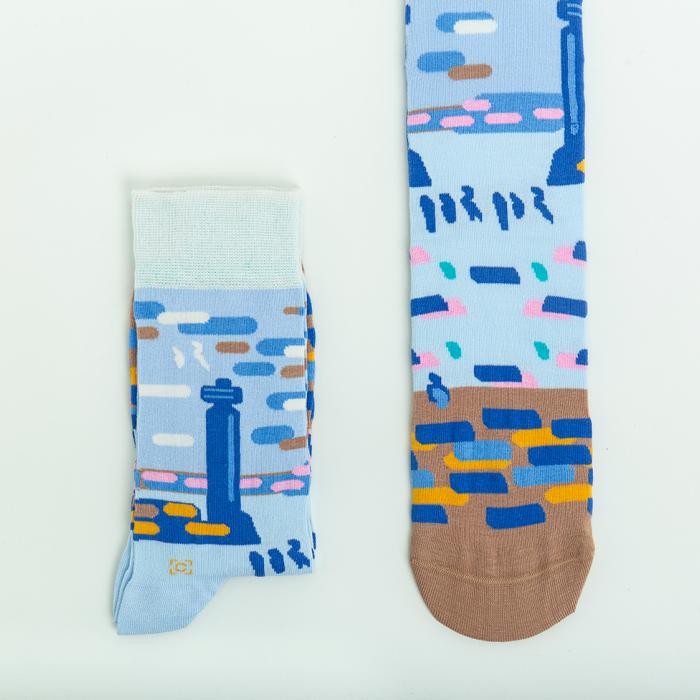How did the ancient Maya express their identity? What objects did they use to show their power? What can archaeology tell us about Maya life? These are some of the questions we will discuss while students learn how to read a Maya monument and handle objects from Central and South America.
Join artist Susie Olczak for an online arts and crafts workshop inspired by Ancient Greek and Roman statues. Susie will be showing you how to create art from cardboard and household materials live from the Museum of Classical Archaeology.
Find out more about the objects and habits that the Romans introduced to Britain.
In this activity you can find out about "Romanisation", the process through which Britain became more Roman.
Learn more about the niece of the Emperor Augustus, Antonia Minor. Using useful prompts and a planner, imagine a day in her life.
Which emperor's statue was thrown into a river in England? Which Roman invaded Britain first? Which emperor loved to sing? Find out in this activity.
See busts of Julius Caesar, Claudius, Nero and Hadrian from the Museum's collection and find out more about each one. Discover how they are connected to the history of Britain, and complete the activities to learn more.
Which combination of heroes' qualities would you choose? Perhaps the strength of Hercules with the inventiveness of Daedalus?
Learn about mythical heroes and gods then follow the instructions to create your own heroes and heroines.
Learn more about Greek Pottery using vase templates and sherds from the Museum's collection to design your own vase.
Choose one of three pottery shapes then draw and decorate your own vase inspired by Greek pottery.
Download a Greek Pottery guide to use as inspiration for your pot decoration
You can still enjoy learning with the Museum of Classical Archaeology, even if you are not able to visit in person.
With this selection of downloadable learning resources, you can learn about the Ancient Greeks wherever you are.
Do you want to know how archaeologists know what they know? This activity will help you think more carefully and learn important observational skills.
Make your own mask with snakes instead of hair.
Based on the story and our own sculpture of Medusa, follow this simple step by step tutorial to make your own fun mask. If you need an idea for an arts and crafts afternoon, this is perfect.

